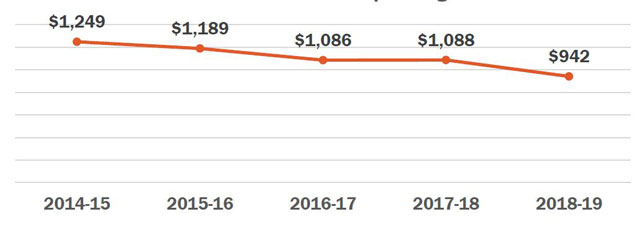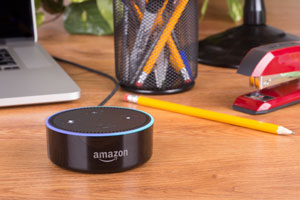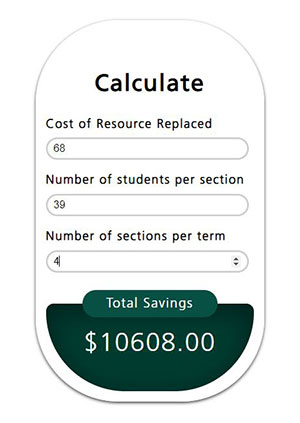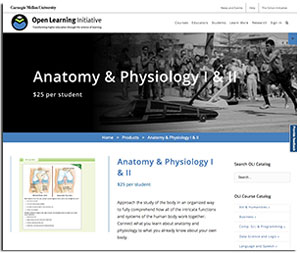Electronic Textbooks
E-books are being widely adopted as alternatives to traditional textbooks. Here you'll find articles detailing new developments in the area of e-book and e-textbook technologies, along with stories about institutions adopting them.

Alongside a report from the National Association of College Stores on declining costs for course material, another source for tracking down college textbooks has released its own data, suggesting that textbook pricing isn't necessarily on the slide.

For the first time in a long time, combined spending over the academic year on course materials, technology and school supplies came in under $1,000, according to a recent survey by the National Association of College Stores.

This summer, Tennessee’s Austin Peay State University is piloting a program to put textbooks in the hands of students from the first day of class.

California State University's Affordable Learning Solutions initiative has partnered with Lumen Learning to make courseware from the open educational resources provider available to faculty and students across the system.

This fall, McGraw-Hill is launching a pilot incorporating on-demand tutoring into its digital courseware.

All of Pearson's 1,500 higher education textbooks in the U.S. will now be "digital first."

Pearson has created an Amazon Alexa skill for its Revel digital courseware product, allowing students to access text audio, homework reminders, class schedules and more via Alexa-enabled devices.

A new tool from the eCampusOntario Open Library measures student savings from open educational resources usage. Impact, as it's called, recently calculated that students have saved some $4.5 million (Canadian) in "mandatory textbook fees."

Carnegie Mellon is working with open educational resources company Lumen Learning to provide delivery and support for courseware from the university's Open Learning Initiative.

McGraw-Hill is adding an e-book solution to its portfolio of print and digital course material options.